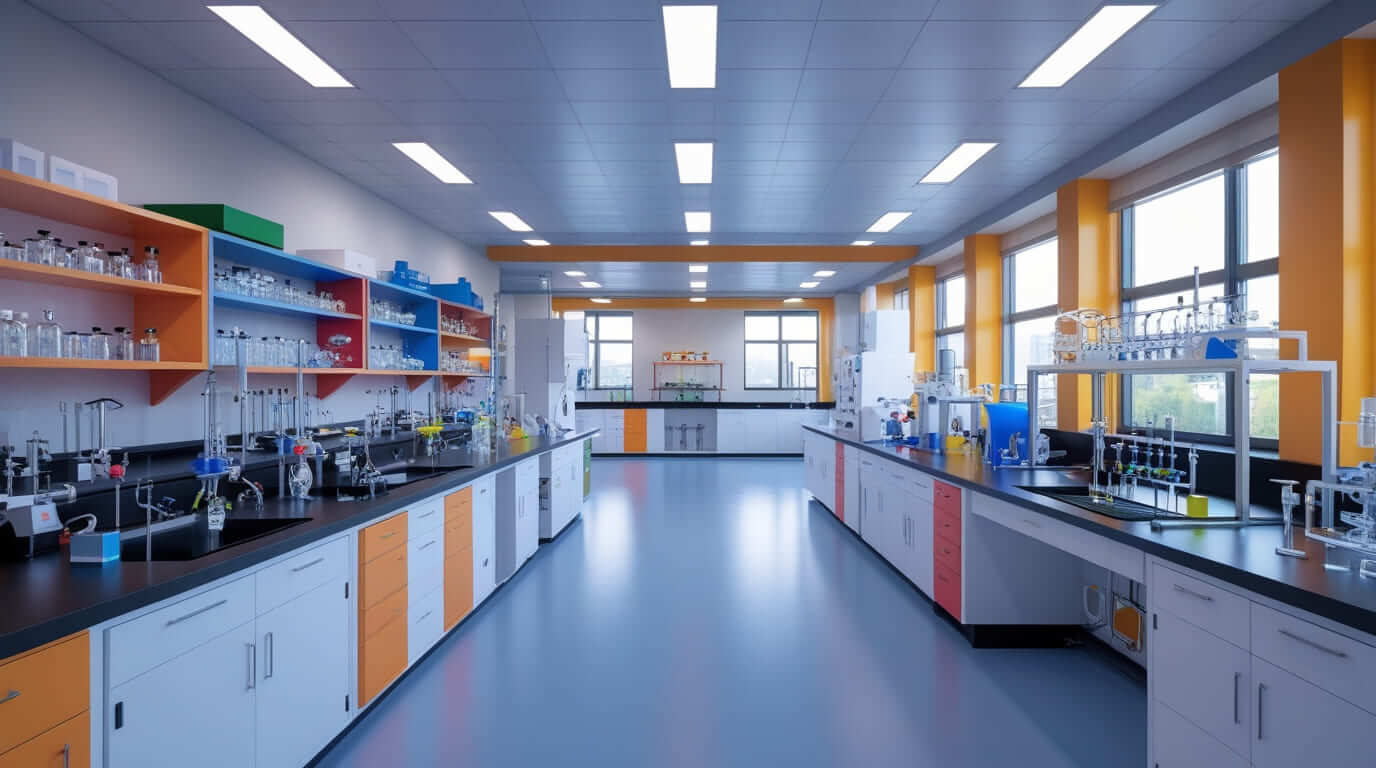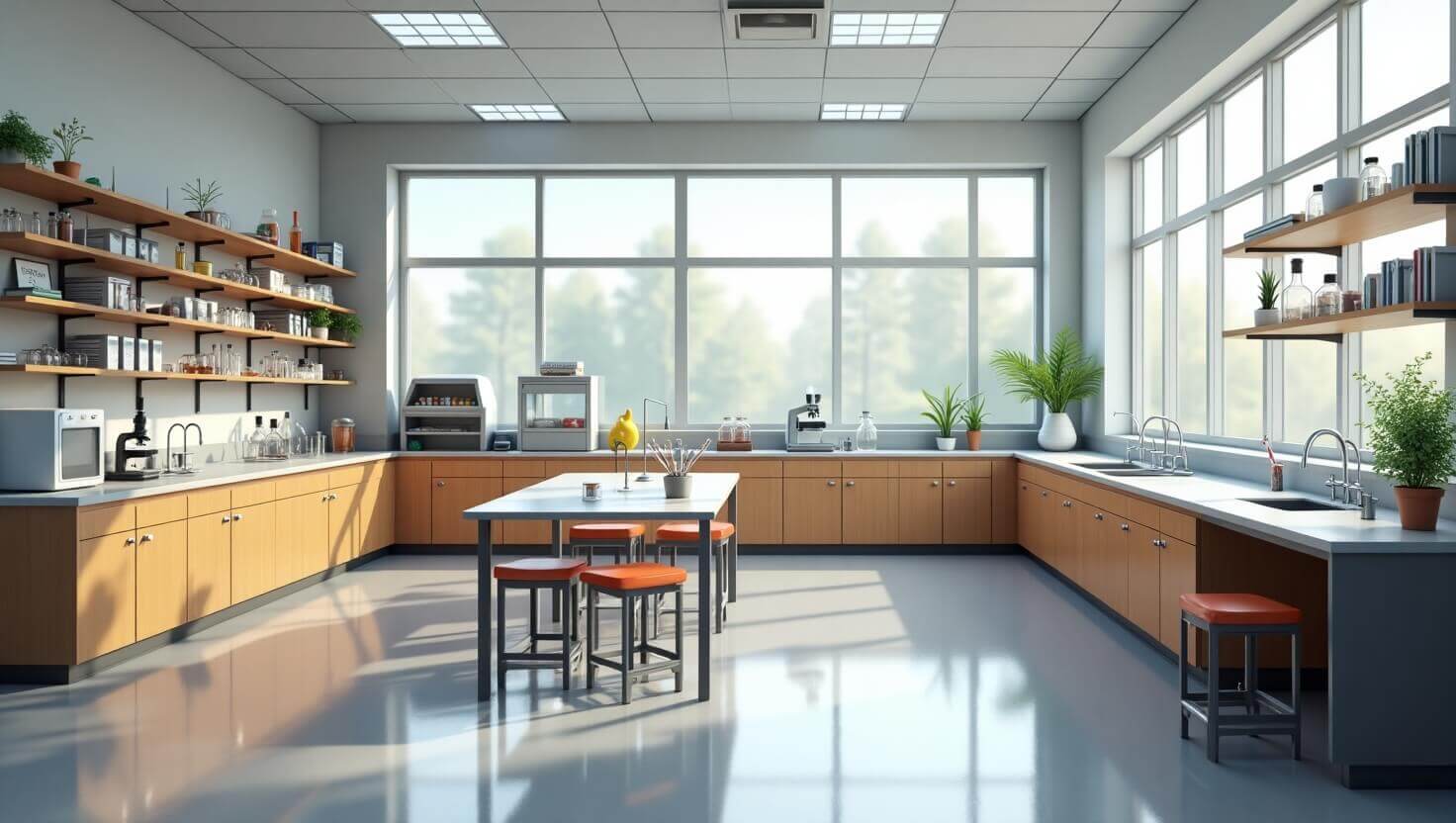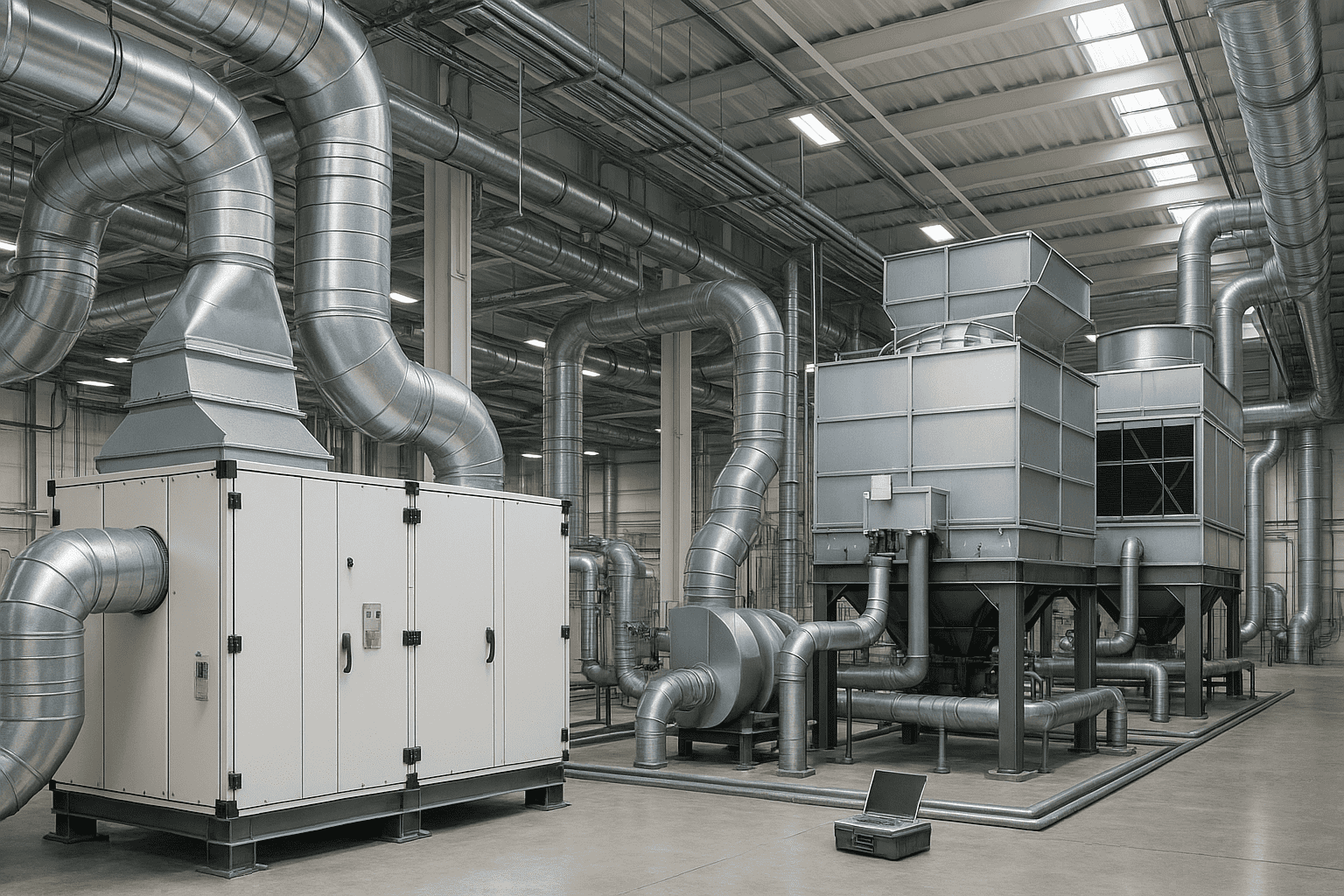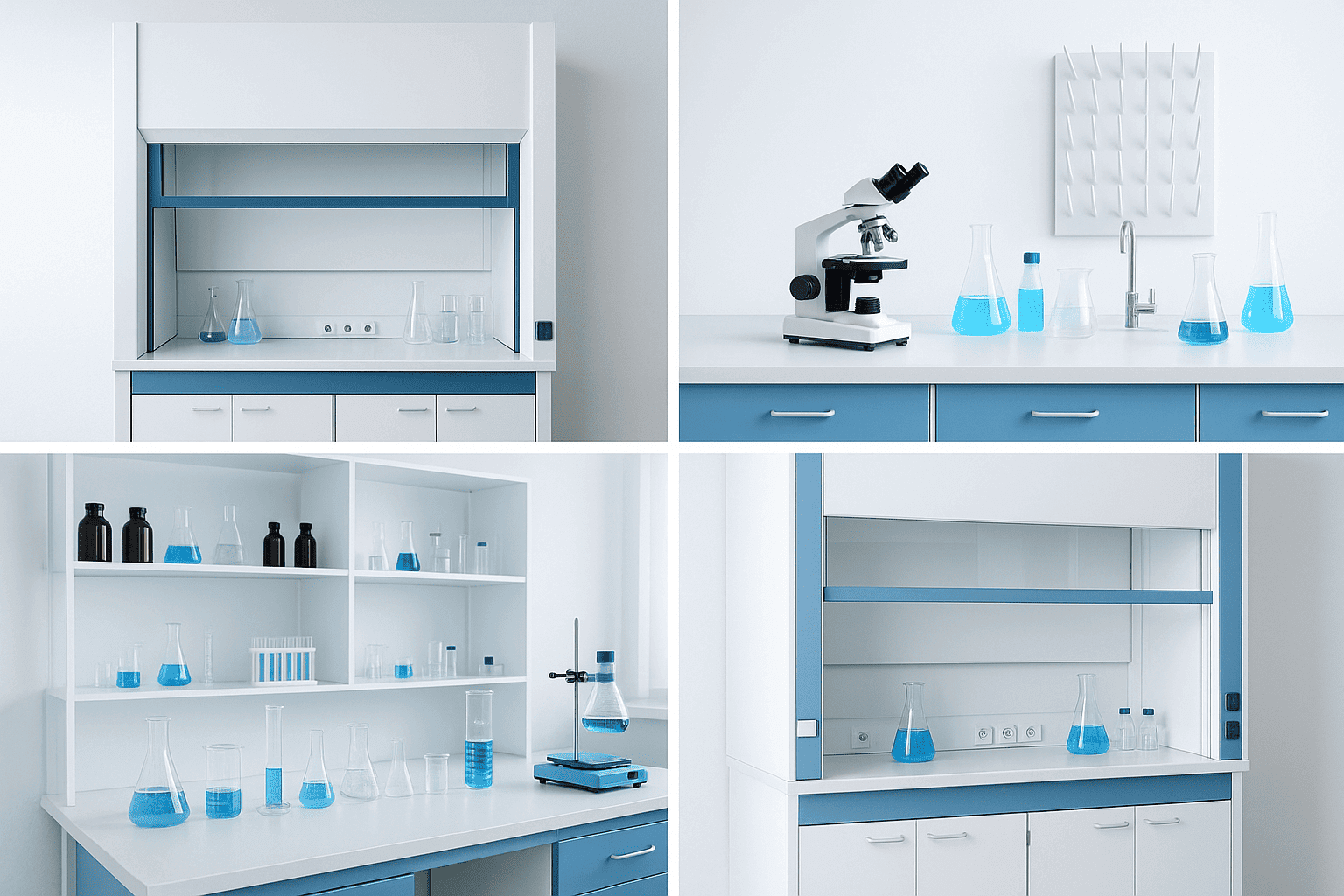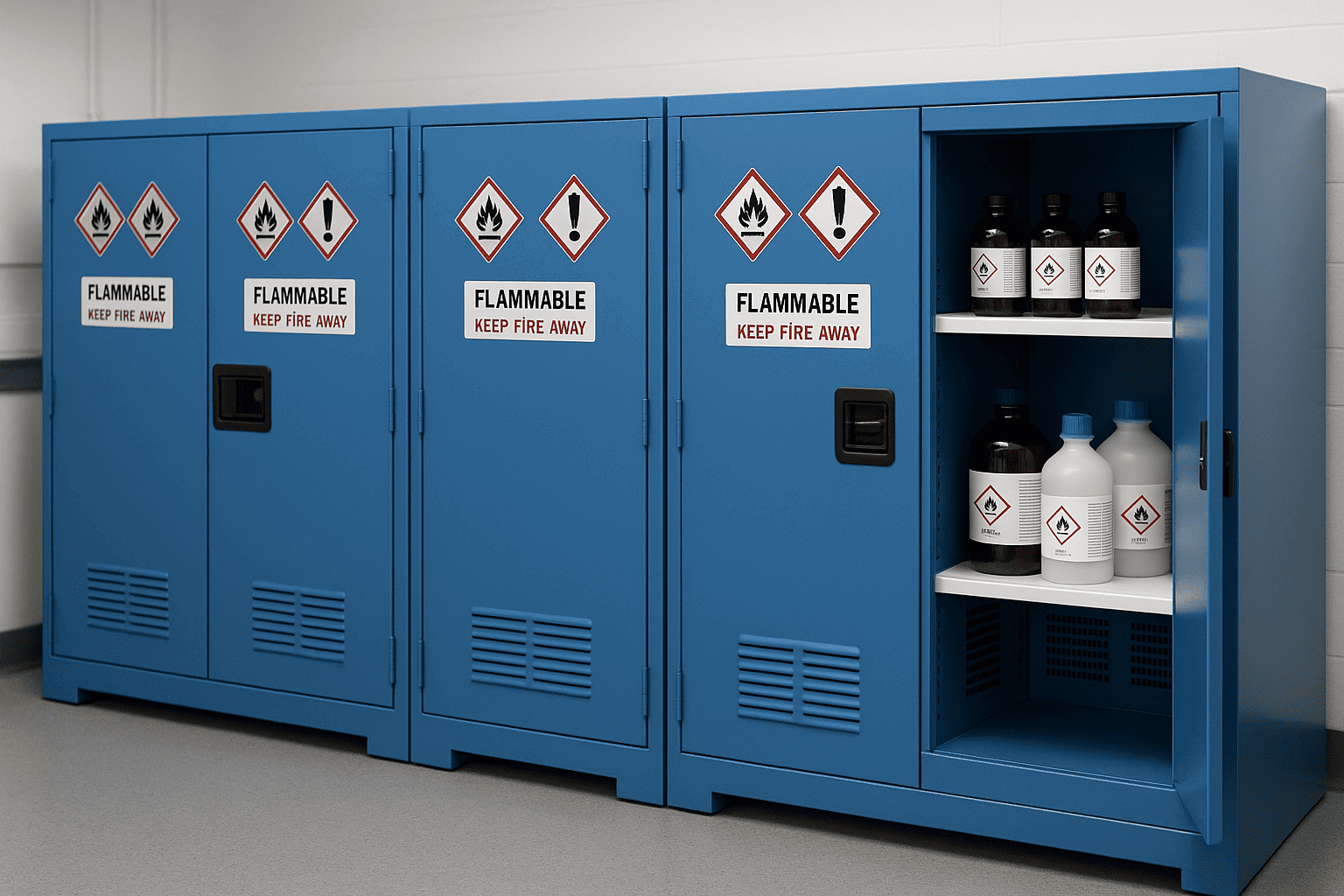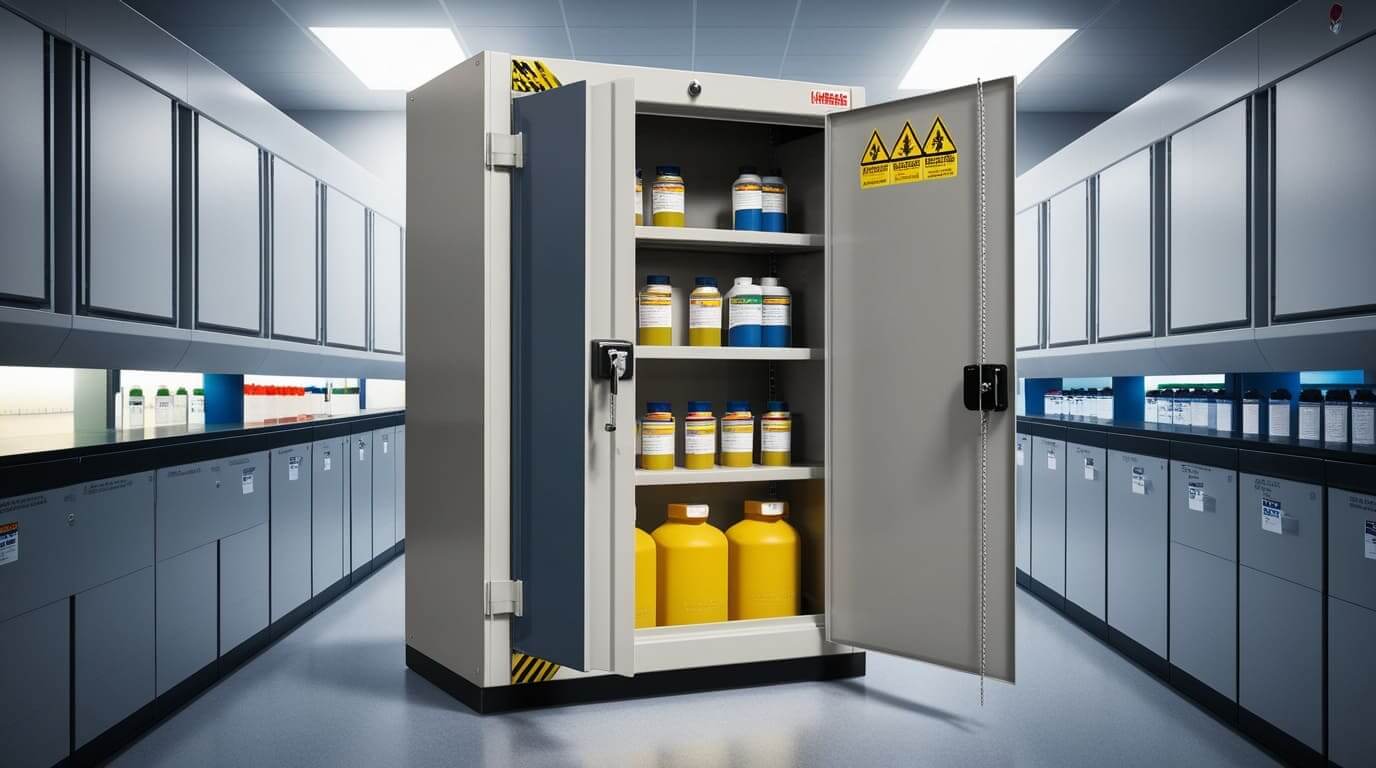
In every laboratory, safety and organization are two of the most essential priorities. One of the most important safety measures is the proper storage of chemicals. Improper handling or placement of hazardous materials can lead to contamination, fire hazards, and health risks. That’s why Chemical Storage Cabinets play a vital role in ensuring a safe and compliant work environment. These cabinets are specifically designed to store chemicals based on their properties, reducing the risk of accidents and maintaining laboratory efficiency.
This article explores the different Types of Chemical Storage Cabinets and their specific uses to help you select the right one for your laboratory or industrial facility. For detailed insights and products, you can refer to trusted platforms like chameza.in, labturnkey.in, and labcreator.in.
Why Chemical Storage Cabinets Are Essential
Laboratories often deal with a wide range of chemicals — from flammable solvents and corrosive acids to toxic substances. Without proper containment, these materials can cause serious safety hazards. That’s where Chemical Storage Cabinets and Their Specific Uses come into play.
These cabinets are constructed using materials that can withstand harsh conditions such as chemical corrosion, fire, and environmental exposure. They not only keep chemicals safe but also ensure compliance with global safety standards and environmental regulations.
Some of the key benefits of using these cabinets include:
- Fire Protection: Fire-resistant cabinets prevent chemicals from igniting during accidents.
- Chemical Compatibility: Different cabinets are designed to store specific chemical types safely.
- Regulatory Compliance: They help meet OSHA, NFPA, and other safety guidelines.
- Organization and Accessibility: They make chemical handling easier and safer for lab staff.
1- Flammable Liquid Storage Cabinets
Flammable liquids are common in research laboratories, pharmaceutical industries, and manufacturing facilities. These substances must be stored carefully to prevent ignition and explosion.
Flammable storage cabinets are built with double-walled steel and feature fire-resistant insulation. The doors usually have self-closing mechanisms, and the cabinet includes vents to control vapours. They are painted with powder-coated finishes to resist corrosion.
Best Used For:
- Solvents like ethanol, acetone, methanol, and benzene.
- Fuels and other highly volatile compounds.
- Laboratories that work with petroleum-based substances.
Recommended Tip: Always label these cabinets clearly and store flammable chemicals separately from oxidisers and acids.
2- Acid and Corrosive Storage Cabinets
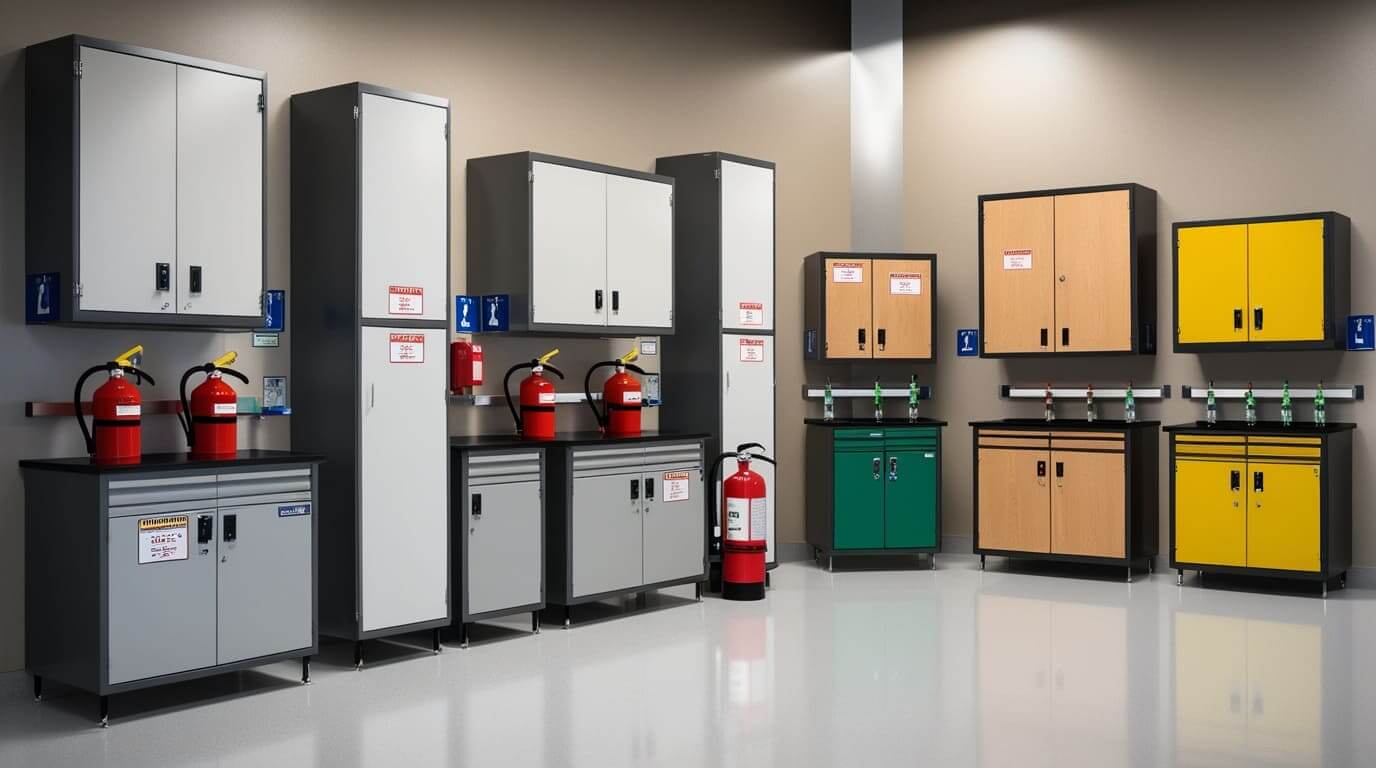
Acids and bases are highly reactive and can corrode metal surfaces or create dangerous fumes when mixed. To prevent corrosion and contamination, acid storage cabinets are made from polypropylene, polyethylene, or epoxy-coated steel. These non-metallic materials prevent chemical reactions with stored substances.
Best Used For:
- Hydrochloric acid, sulfuric acid, nitric acid, and sodium hydroxide.
- Schools, testing labs, and pharmaceutical industries dealing with chemical analysis.
Safety Note: Store acids and bases separately to avoid violent reactions. Use built-in spill trays to contain accidental leaks.
3- Pesticide and Insecticide Storage Cabinets
Agricultural and research labs often use pesticides and insecticides that can be toxic or flammable. Special pesticide storage cabinets are designed to prevent contamination and exposure.
These cabinets often include ventilation systems that control fumes, reducing the risk of inhalation. The interior materials are chemical-resistant, ensuring long-term durability.
Best Used For:
- Storage of pesticides, herbicides, and fertilisers.
- Agricultural research centres and testing facilities.
Bonus Tip: Keep these cabinets in well-ventilated areas and away from heat or sunlight.
4- Toxic Substance Storage Cabinets
Toxic chemicals can cause severe health risks even with minor exposure. That’s why toxic storage cabinets come with locking systems, ventilation features, and warning labels. They are designed to contain hazardous fumes and prevent unauthorised access.
Best Used For:
- Cyanides, formaldehyde, and other toxic laboratory chemicals.
- Industrial plants and R&D laboratories.
Safety Tip: Always follow proper labeling, wear PPE (Personal Protective Equipment), and keep an updated inventory of toxic chemicals.
5- General-Purpose Chemical Storage Cabinets
For laboratories that deal with a variety of chemicals but in smaller quantities, general-purpose chemical cabinets are ideal. These are made of durable materials that can handle moderate corrosiveness and are cost-effective.
Best Used For:
- Educational institutions and small labs with limited chemical storage needs.
- Facilities where chemicals are frequently used but in non-hazardous categories.
These cabinets may not be suitable for highly flammable or reactive chemicals, so always check compatibility before use.
6- Ventilated Chemical Storage Cabinets
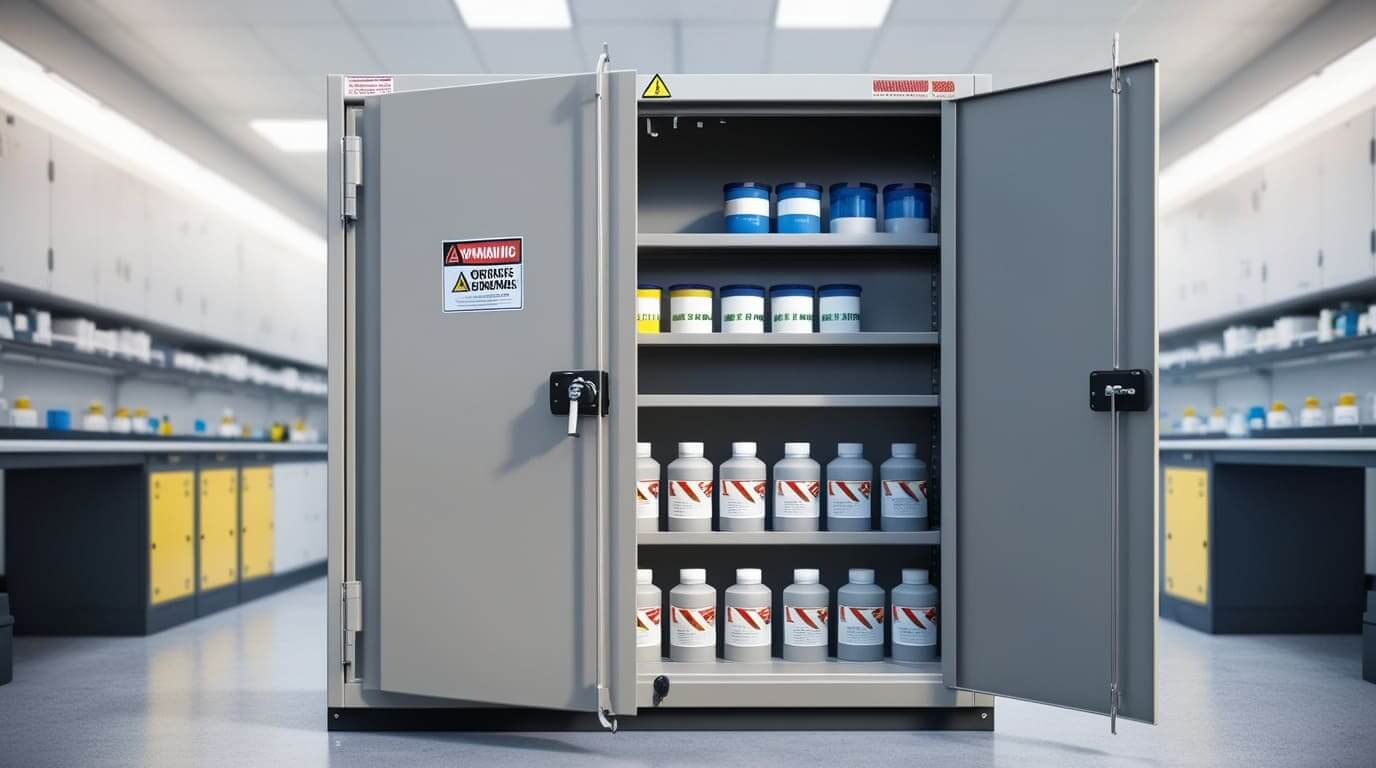
Some chemicals release vapours or gases that can be harmful if inhaled. Ventilated cabinets are fitted with exhaust systems or can be connected to existing lab ventilation. This ensures constant air circulation and removal of fumes.
Best Used For:
- Volatile organic compounds (VOCs) and other chemicals that emit vapours.
- Research labs and chemical analysis units.
Safety Tip: Regularly check filters and ventilation ducts to maintain efficiency and safety.
7- Polypropylene Storage Cabinets
Polypropylene cabinets are gaining popularity due to their non-corrosive nature and durability. They are lightweight, easy to clean, and ideal for storing acidic and alkaline materials. Since they are non-metallic, they do not rust or react with chemicals.
Best Used For:
- Laboratories dealing with corrosive reagents.
- Educational and analytical institutions.
Bonus: Their sleek appearance also complements modern modular laboratories.
Choosing the Right Chemical Storage Cabinet
Selecting the correct cabinet depends on the type of chemicals, the amount stored, and safety regulations. Here are some points to consider:
- Chemical Compatibility: Never mix incompatible chemicals in the same cabinet.
- Construction Material: Choose stainless steel, polypropylene, or epoxy-coated steel based on the chemicals used.
- Ventilation: Consider if ventilation is necessary for your chemical type.
- Labeling: Always mark cabinets clearly for easy identification.
- Capacity and Compliance: Make sure the cabinet meets local safety and environmental standards.
Maintenance and Best Practices
Even the best cabinets require proper maintenance for long-term safety. Here’s what you should do regularly:
- Inspect cabinets for leaks, corrosion, or damage.
- Ensure all containers are tightly sealed and labeled.
- Clean spill trays and ventilation filters frequently.
- Train employees on safety procedures and chemical handling.
- Maintain an updated chemical inventory and safety data sheets (SDS).
Conclusion
Proper storage is the foundation of laboratory safety and efficiency. With the right Chemical Storage Cabinets, you can protect your team, preserve your materials, and comply with safety standards. Understanding the Types of Chemical Storage Cabinets and selecting one that matches your lab’s needs is an investment in both safety and performance.
When it comes to exploring high-quality laboratory solutions, platforms like chameza.in, labturnkey.in, and labcreator.in providing a wide range of storage systems designed for modern laboratory environments. Each of these sites offers expert insights and customizable solutions tailored to different industries.
So, ensure your lab’s safety and efficiency by choosing the best Chemical Storage Cabinets and Their Specific Uses for your needs—because safety starts with smart storage.

